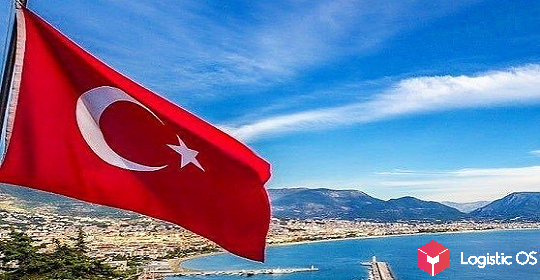On October 20, 2020, a meeting was held on the current state and development of the durum wheat industry.
As the world leader in the grain export market today, Russia is experiencing a shortage of durum wheat.
The situation with hard wheat (Triticum durum) is more tense in the world than with soft wheat.
Durum wheat is a niche product that currently has a limited sales market.
But its consumption in the world is growing, while production at the same time is decreasing (from 2016 by 9.2%).
All this leads to an increase in the price of culture. The price of a ton of durum wheat is 2-3 times higher than the price of soft wheat.
But, for all the attractiveness of the culture for producers, the conditions for its cultivation are much more complicated.
And even if all standards for growing conditions, fertilizers and protective equipment are observed, there is no guarantee that the output will be a product that meets all GOST standards (especially in terms of the amount of gluten and glassiness).
Therefore, farmers are wary of it.
In the export of durum wheat, Russia is not a significant participant in this market.
Over the past 90 years, the area under crops in the country has decreased by about 10 times, although, taking into account domestic consumption, they should be at the level of 3.8-4 million hectares.
Today, the main suppliers of durum wheat are the Orenburg region (265 thousand hectares), the Chelyabinsk region (160 thousand hectares), the Saratov region (45 thousand hectares).
The main crop importers are the EU countries (2.1 million tons per year), Algeria (1.7 million tons per year), Morocco (0.8 million tons per year) and Japan (0.2 million tons per year).
If we talk about increasing Russian exports in this segment, then there are prospects: Italy, for example, is experiencing a shortage of raw materials, while closing a quarter of the world’s pasta production.
So far, Russia occupies only 13th place in the world among durum wheat producers, barely meeting its domestic needs.
At the same time, the country has all the necessary conditions for increasing production: a combination of a continental climate and fertile soils.

At the meeting held on October 20, 2020, the problem of the need to change the situation in the production of durum wheat was discussed by representatives of all categories of participants — from the creators of varieties to producers of the final product and exporters.
Associations of participants under the slogan «From seed to pasta», which include all interested sectors, have long been established in the world.
Now a similar section will be created in Russia.
At the moment, Russian producers of pasta are already experiencing a shortage of raw materials: of the available no more than 30% belongs to the 3rd class, the rest — to the 4th and even fodder.
There is practically no grain of 1-2 grades, which is necessary for the production of a high-quality and competitive product on the world market, and the price for it becomes unacceptable for processors, because the market situation does not allow raising the cost of products.
And if nothing is changed, then producers do not exclude the import of durum wheat to maintain continuous production.
The cost of high quality Canadian grain in the ports of Italy is $ 300-320 per ton, which is lower than the price on the Russian domestic market.
To solve the problems that have arisen, the meeting participants urged, first of all, to single out durum wheat as a separate statistical crop (now there is simply no such accounting) and to include it in the status of strategic ones, according to which scientific support is being developed within various agroclimatic zones.

